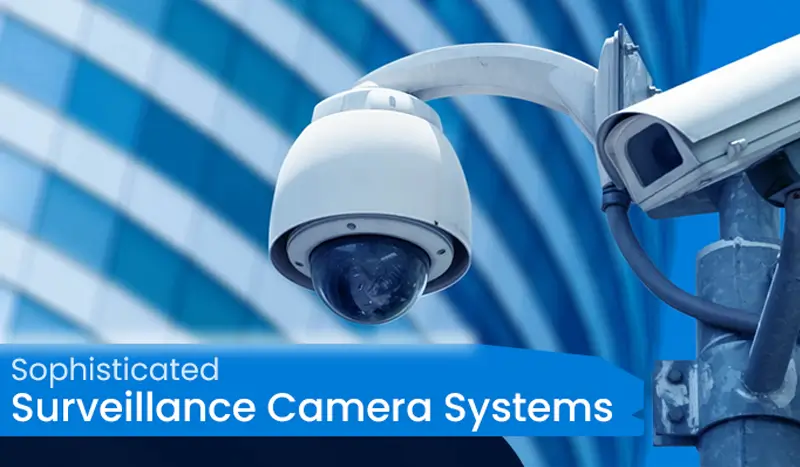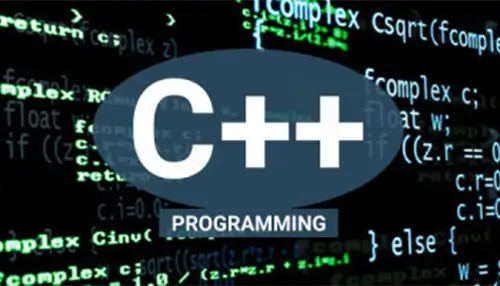Surveillance is the monitoring of behaviour, multiple activities, or information with the aim of gaining information, influencing, managing, or directing. This can include remote observation using electronic equipment such as closed-circuit television (CCTV) or interception of electronically transmitted information such as Internet traffic. It can also involve basic technical approaches like human intelligence gathering and mail interception.
Citizens employ surveillance cameras to defend their areas. Also used by governments for intelligence collection, such as espionage, crime prevention, the protection of a process, person, organisation, or item, or the investigation of crime. Criminal groups use it to plan and perform crimes, and corporations use it to gain intelligence about criminals, competitors, suppliers, or consumers. Religious organisations tasked with uncovering heresy and heterodoxy may conduct surveillance as well.
Surveillance can unjustifiably invade people’s privacy, which is frequently denounced by civil rights groups. While liberal democracies may have laws that aim to limit the governmental and private use of surveillance cameras, authoritarian countries seldom have any internal constraints.
Surveillance cameras, often known as security cameras, are video cameras that are used to monitor a certain region. They are frequently connected to a recording device or an IP network, and a security guard or law enforcement officer may monitor them. Cameras and recording equipment used to be rather expensive, and they required human beings to monitor camera footage. However, automated software that organises digital video material into a searchable database, as well as video analysis tools, has made footage analysis easier (such as VIRAT and HumanID). Motion sensors, which only record when motion is detected, also substantially minimise the quantity of film recorded. Due to cheaper production processes, surveillance cameras are simple and affordable enough to be included in home security systems and for everyday usage.
Types of Surveillance Camera Systems
a) Dome Camera
Dome cameras are the most affordable of the group since they are the most basic sort of interior security camera. This camera’s name comes from its dome shape. These cameras are utilised for jobs that only necessitate the usage of a daylight camera.
b) Bullet-Type Cameras
These cameras are designed to record images of a specific area and are best utilised as home security cameras since they are fixed to a certain spot. These cameras have a slim and cylindrical form. They’re further subdivided into Ultra Bullets, which have a smaller size and a reduced price.
c) C-mount Camera
These cameras are a step above the others. The C-mount cameras include a detachable lens that may be switched out to meet the demands of the user. Standard CCTV camera lenses, for example, have a range of 35 to 40 feet. C-mount cameras may be used with special lenses that can cover distances of more than 40 feet.
d) Day/Night CCTV Camera
The benefit of day-and-night CCTV cameras is that they can work in a wide range of illumination situations, from bright to low. Because it can capture quality footage in both light and darkness, this security camera system does not require infrared illuminators. Day/night CCTV cameras are useful for outdoor surveillance when infrared CCTV cameras are ineffective. These have a wide dynamic range, allowing them to function in a variety of conditions, such as glare, strong sunlight, reflections, and harsh backlight, at any time.
e) Infrared/Night Vision CCTV Camera
These infrared/night-vision CCTV cameras can see in complete darkness thanks to infrared LEDs. These cameras are ideal for use in low-light situations and at night.
f) Varifocal Cameras
These cameras allow you to zoom in and out without losing focus on the image. These cameras, which are utilised in many reality shows, have the capacity to emphasise the characters as needed by the script.
g) Wireless Camera
Wireless security cameras are closed-circuit television (CCTV) cameras that transmit a video and audio signal to a wireless receiver through a radio frequency band. Many wireless security cameras require at least one cable or wire for power; the word “wireless” refers to the transmission of video and audio. Some wireless security cameras, on the other hand, are battery-powered, making them completely wireless.
Conclusion
Surveillance cameras are simple and affordable enough to be included in home security systems. They are usually connected to a recording device or an IP network, and a security guard or law enforcement officer may monitor them. CCTV cameras have the advantage of being able to function in a wide range of lighting settings, from bright to low. The C-mount cameras come with a detachable lens that may be swapped out to suit the user’s needs for different focal lengths.
Reach out to us if you have a Video Management System of advanced surveillance camera systems and wish to develop further.







